
Should You Stay or Should You Switch?
Your bank wants you to stay (mum) and accept your first renewal offer. Don't, until you read this.
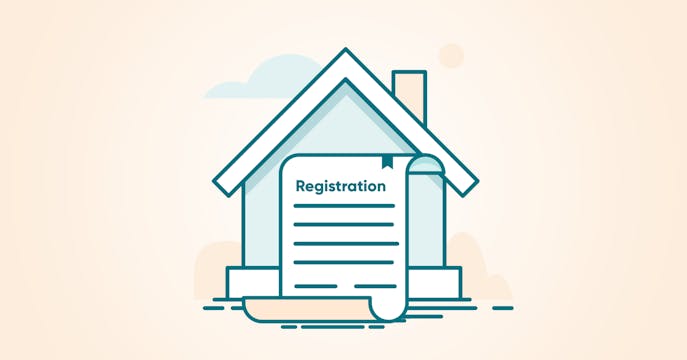
How Is Your Mortgage Registered?
Is your mortgage a standard or collateral charge? Knowing might save money and hassle later.

2025 Mortgage Rate Forecast
Continually updated. Are rates going down or up in 2025? Get insights from CEO Dan Eisner into…
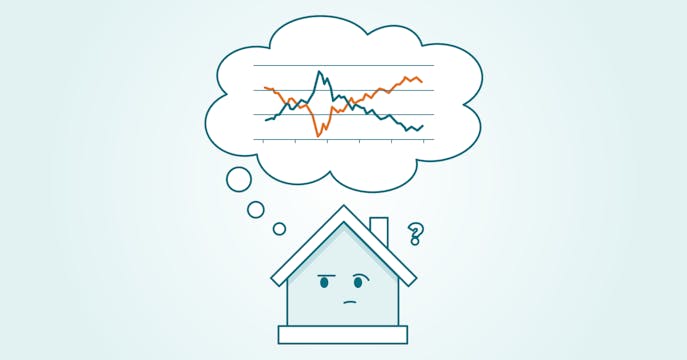
How Government Bond Yields Relate To Mortgage Rates
Want to know where fixed rates are going? Watch bond yields.

Happy Easter!
Print out our Easter colouring sheet for at-home family fun this weekend!
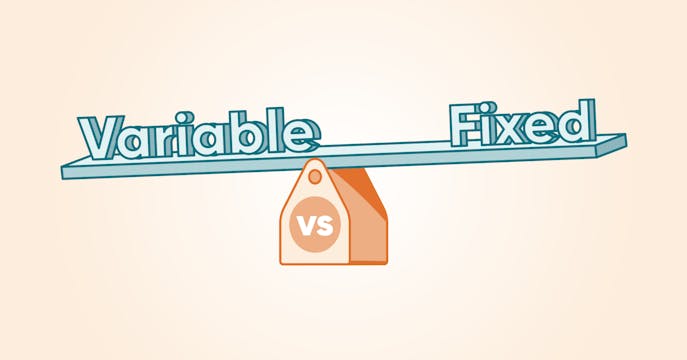
Should you choose a variable rate in 2025?
How to decide between variable-rate FOMO or JOMO? We can help.

Housing Market Forecast
Continually updated. Get an idea of the housing outlook and interesting deets without combing…

Wait, is the mortgage stress test going away in 2025?
There's a good possibility it is — for uninsured mortgage approvals.
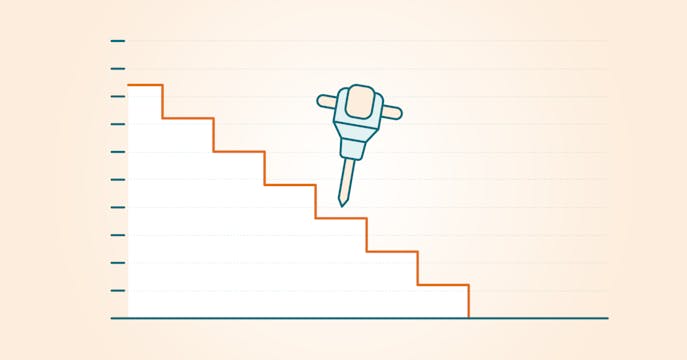
How Trump's Tariffs Could Impact Mortgage Rates in 2025
Updated. Will trade disruptions drive mortgage rates lower, even if inflation goes higher?

2025 Election Housing Platform Promises
Read the party proposals for improving housing affordability in Canada.

Trump’s Term vs. Your Term
With a new wavy-haired economic factor to consider, should you go variable, 3-year, or 5-year?
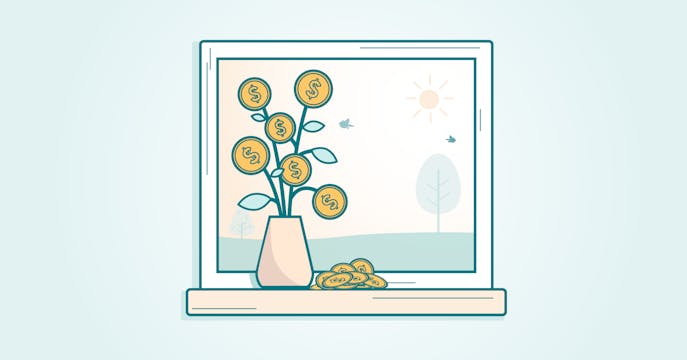
Need to Spring Some Funds?
As the flowers bloom this spring, so can the need for extra funds. Time for a refinance?
